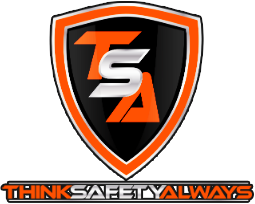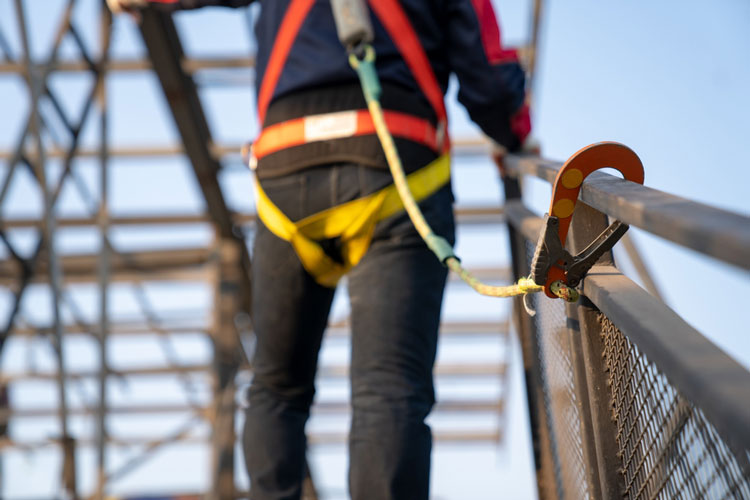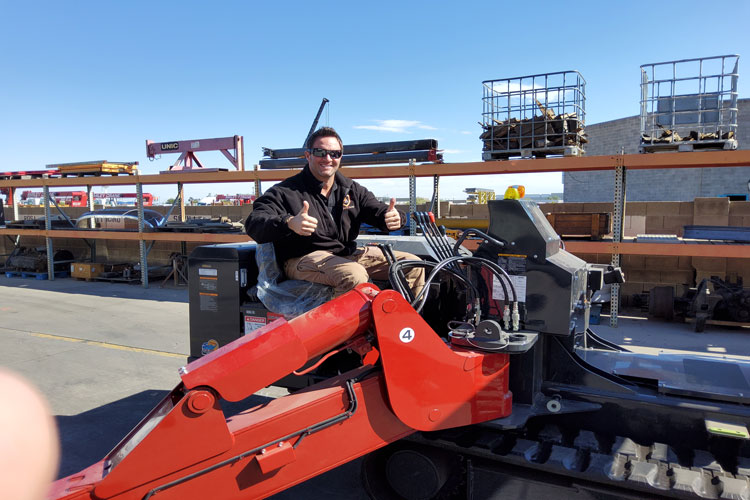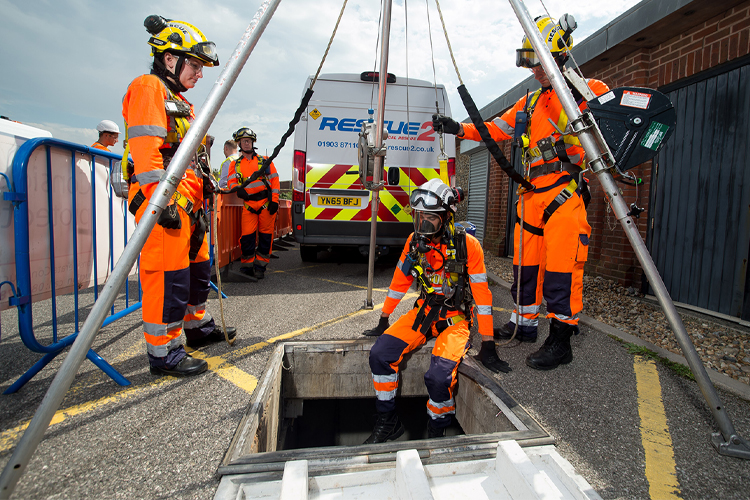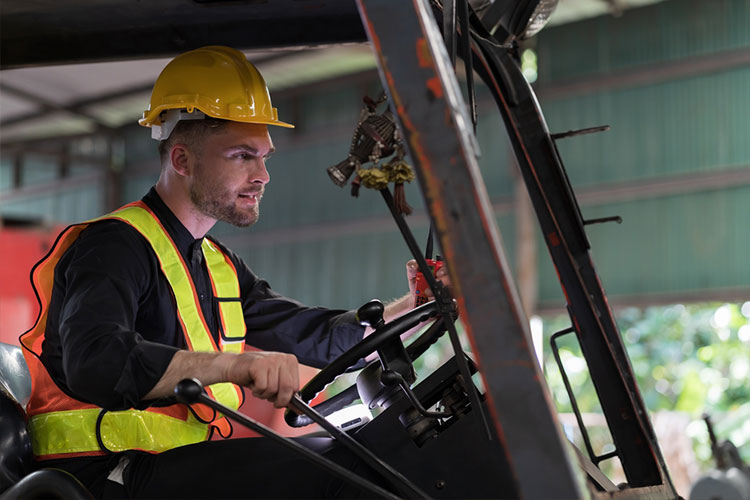When it comes to workplace safety, few measures are as critical as those designed to prevent falls. OSHA fall protection guidelines are not only a legal requirement but also an essential part of creating a safe environment for workers. Falls are among the leading causes of work-related injuries and fatalities, making proper safety measures a priority for employers and employees alike.
Understanding OSHA Fall Protection Guidelines
OSHA fall protection standards are designed to safeguard workers operating at elevations of six feet or higher in construction settings and four feet in general industries. These standards outline the use of personal protective equipment (PPE), guardrails, safety nets, and fall arrest systems. Regular training and equipment inspections are also mandated to ensure compliance and effectiveness.
Employers must assess their workplaces to identify potential fall hazards and implement proactive solutions. OSHA’s guidelines emphasize hazard prevention through planning, such as securing tools and equipment, ensuring proper scaffolding setup, and maintaining clear communication among team members.
The Importance of Compliance
Compliance with OSHA fall protection standards not only prevents accidents but also avoids costly fines and legal complications. Businesses that neglect these requirements face severe penalties, as well as potential damage to their reputation. Beyond the legal implications, prioritizing fall protection fosters a culture of safety, improving employee morale and productivity.
Investing in proper fall protection systems and training is a long-term benefit. By adhering to OSHA standards, companies demonstrate their commitment to protecting their workforce and can significantly reduce workplace injuries.
Innovative Solutions in Fall Protection
The latest advancements in OSHA fall protection equipment include self-retracting lifelines, modular guardrails, and advanced full-body harnesses designed for maximum comfort and security. These innovations enhance safety and encourage workers to utilize protective measures effectively. Incorporating such technology is an excellent way to stay ahead in compliance and safety.
Commitment to Safety – Workplace Safety
In conclusion, implementing OSHA fall protection measures is vital for any organization with workers at risk of falling. By investing in proper training, equipment, and workplace assessments, companies can create a safer environment and prevent unnecessary tragedies. Remember, every step toward safety is a step toward success.
At Think Safety, we believe that a culture of safety starts with understanding the risks and taking proactive measures to mitigate them. Prioritize OSHA fall protection today and build a safer tomorrow. Course Here.
